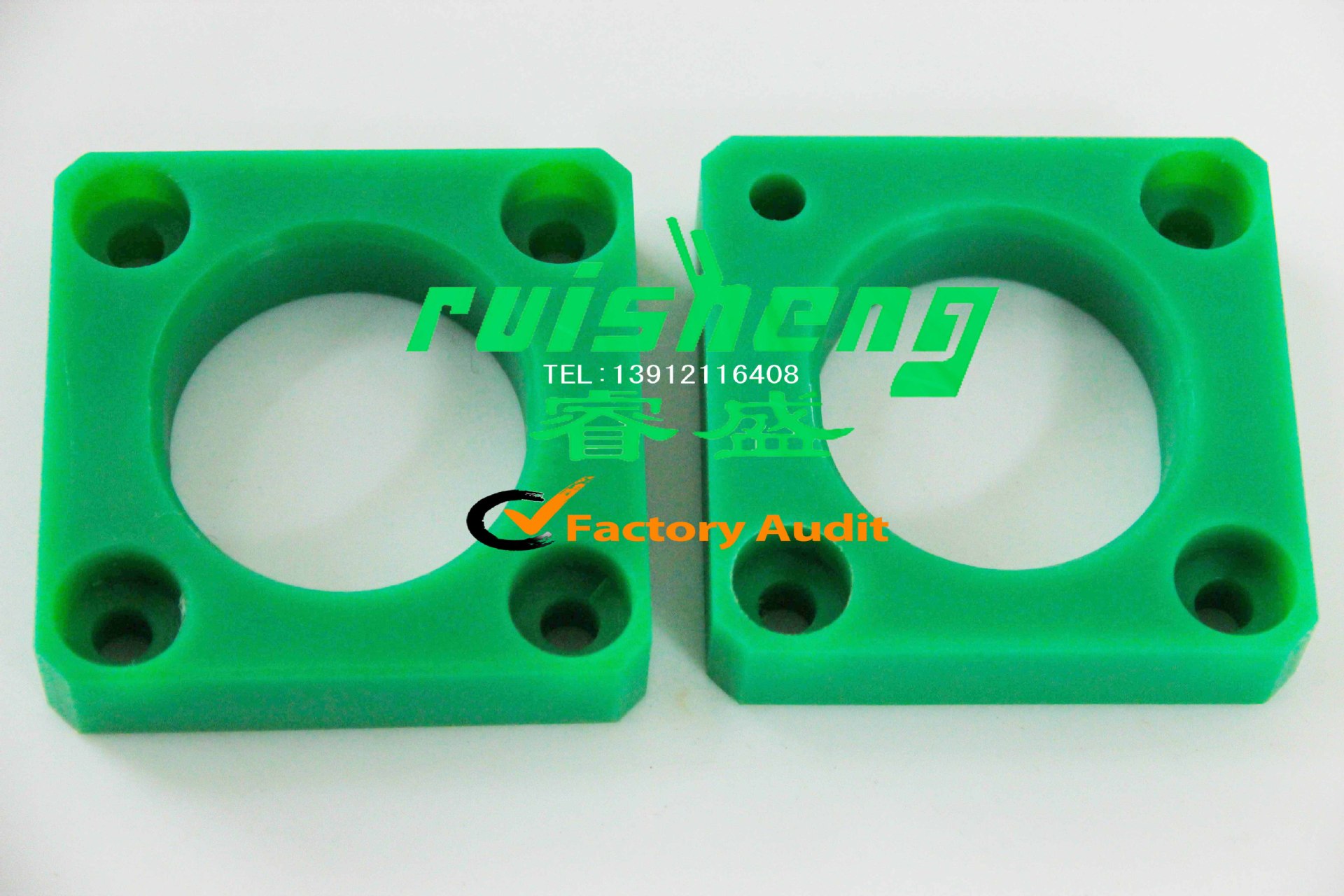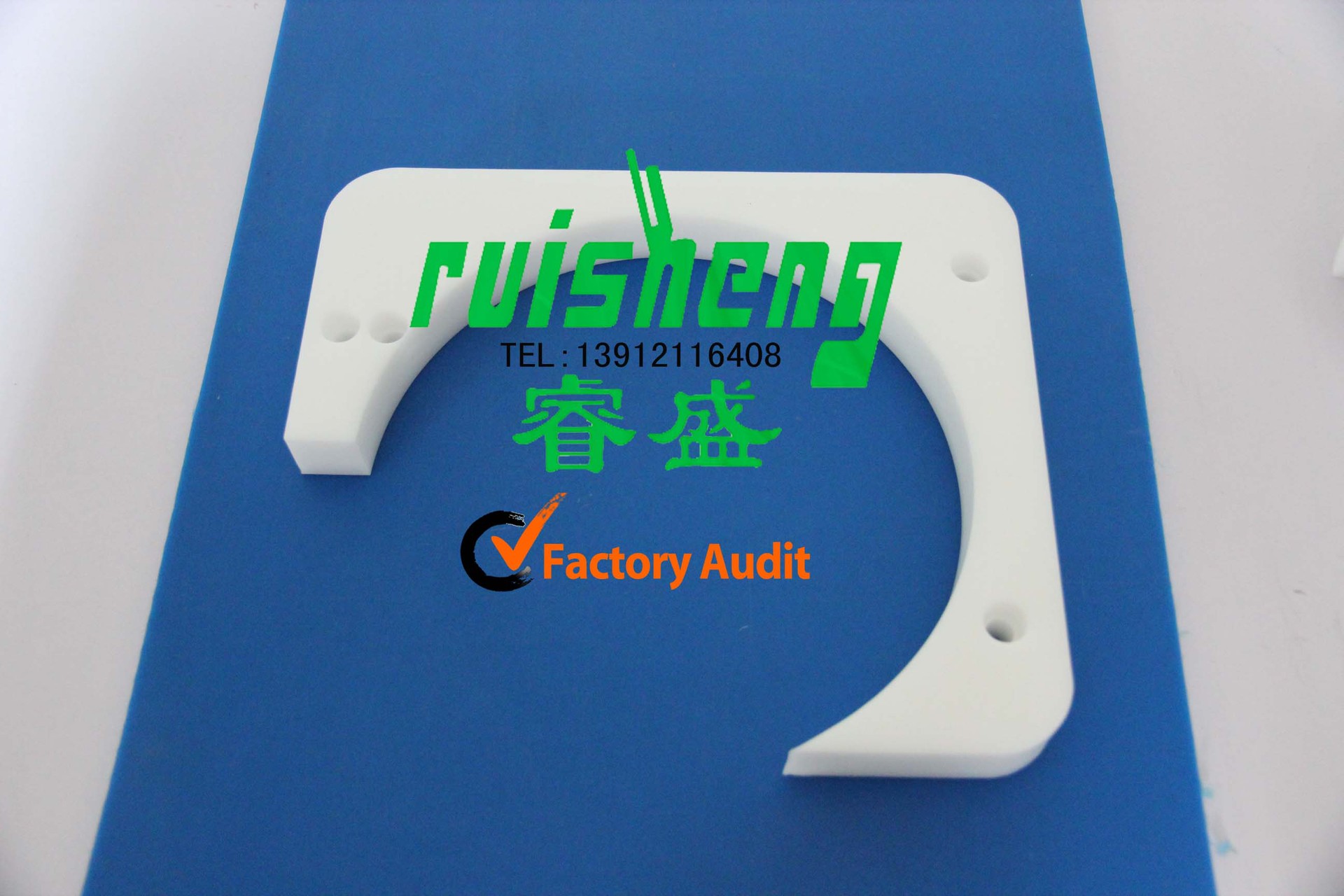|
Structure and properties
Ultra-high-molecular-weight polyethylene (UHMWPE or sometimes shortened to UHMW), also known as
high-modulus polyethylene (HMPE) or high-performance polyethylene (HPPE), is a subset of the thermoplastic polyethylene. It has extremely long chains,
with molecular weight numbering in the millions, usually between 2 and 6 million. The longer chain serves to
transfer load more effectively to the polymer backbone by strengthening intermolecular interactions. This
results in a very tough material, with the highest impact strength of any thermoplastic presently made.[1] It is highly resistant to corrosive chemicals with exception of oxidizing acids; has extremely low moisture
absorption and a very low coefficient of friction; is self-lubricating; and is highly resistant to abrasion, in some forms being 15 times more resistant to abrasion than
carbon steel. Its coefficient of friction is significantly lower than that of nylon and acetal, and is comparable to
that of polytetrafluoroethylene (PTFE, Teflon), but UHMWPE has better abrasion resistance than PTFE.[2][3] It is odorless, tasteless, and nontoxic.
The simple structure of the molecule also gives rise to surface and chemical properties that are rare in high-performance polymers. For example, the polar groups in most polymers easily bond to water. Because olefins
have no such groups, UHMWPE does not absorb water readily, nor wet easily, which makes bonding it to
other polymers difficult. For the same reasons, skin does not interact with it strongly, making the UHMWPE
fiber surface feel slippery. In a similar manner, aromatic polymers are often susceptible to aromatic solvents
due to aromatic stacking interactions, an effect aliphatic polymers like UHMWPE are immune to. Since
UHMWPE does not contain chemical groups (such as esters, amides or hydroxylic groups) that are susceptible
to attack from aggressive agents, it is very resistant to water, moisture, most chemicals, UV radiation, and
micro-organisms.
Under tensile load, UHMWPE will deform continually as long as the stress is present—an effect called creep.
Production
UHMWPE is processed using the following methods: compression molding, ram extrusion, gel spinning, and
sintering.







|

